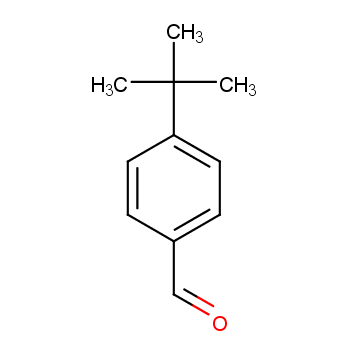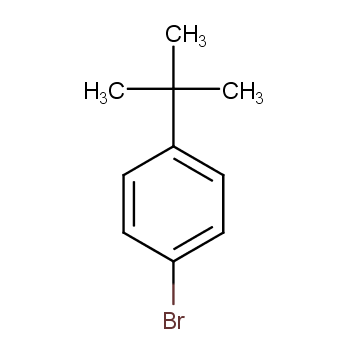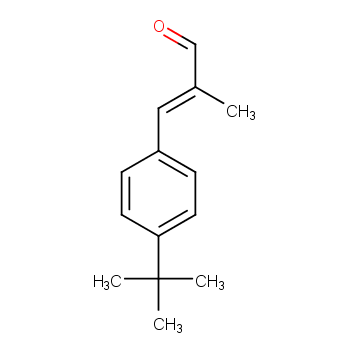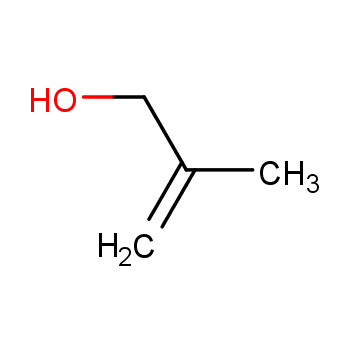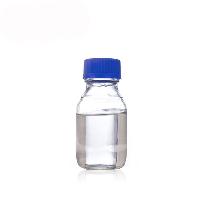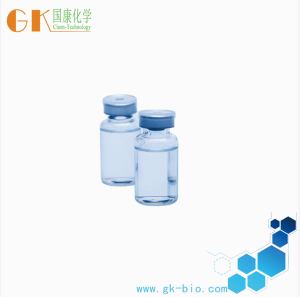-
Lily aldehyde
- CAS:80-54-6
- MW:204.30800
- MF:C14H20O
Lily aldehyde (also known as lysmeral or Lilial) is a chemical compound commonly used as a perfume in cosmetic preparations and laundry powders1-3. It is fresh light green floral lily muguet lindenblossom aldehyde. Lilial is used in a wide variety of compositions where it confers a particularly recommended for floral notes such as muguet, linden-blossom and cyclamen2.
View more+
1. Names and Identifiers
2. Properties
3. Use and Manufacturing
4. Safety and Handling
5. MSDS
6. NMR Spectrum
7. Synthesis Route
8. Precursor and Product
9. Computed Properties
12. Related Questions
13. Realated Product Infomation
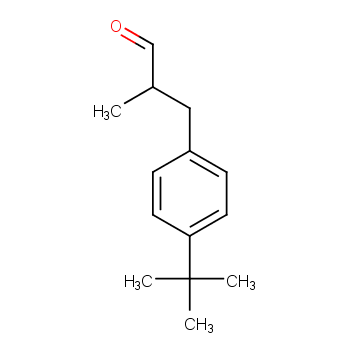
 EN
EN




